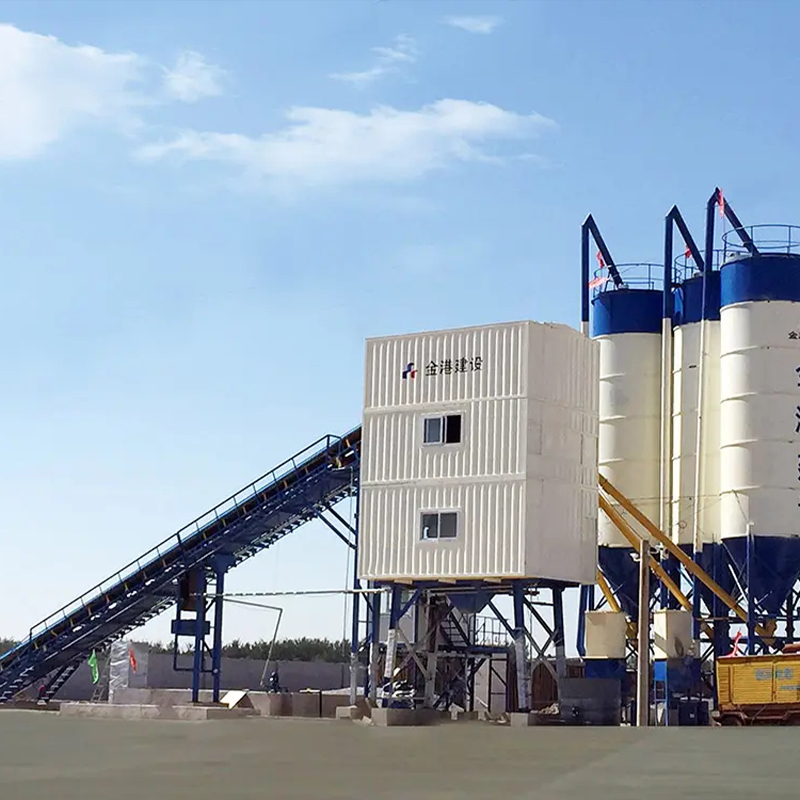This comprehensive guide helps you navigate the market for stabilized base materials mixing plants in China, considering factors like capacity, technology, and supplier reliability. We’ll cover key considerations to ensure you select the optimal plant for your specific needs and budget. Learn about different types of plants, technological advancements, and crucial factors for a successful procurement process.
Understanding Stabilized Base Materials and Their Applications
Stabilized base materials are crucial in construction and infrastructure projects, offering enhanced strength, durability, and longevity compared to untreated materials. These materials often involve mixing soil, aggregates, and binding agents like cement or bitumen. The application of these materials is widespread, including road construction, airport runways, and other large-scale infrastructure projects. The quality and efficiency of the mixing process are paramount to the success of these projects.
Types of Stabilized Base Materials Mixing Plants in China
China offers a diverse range of stabilized base materials mixing plants, catering to various project scales and budget requirements. These plants can be broadly categorized by their capacity (e.g., small, medium, large), mixing technology (e.g., batch, continuous), and degree of automation. Some plants are designed for specific materials, while others offer flexibility to handle different mixes. Selecting the appropriate type is crucial for optimizing your project’s efficiency and cost-effectiveness.
Batch Mixing Plants
Batch mixing plants are commonly used for smaller projects or those requiring precise control over individual batches. They offer greater flexibility in terms of material combinations but generally have lower production capacity compared to continuous plants.
Continuous Mixing Plants
Continuous mixing plants are ideal for large-scale projects where high production volume is critical. These plants offer high efficiency and consistent output but may be less adaptable to changing material specifications.

Key Factors to Consider When Choosing a Stabilized Base Materials Mixing Plant
Selecting the right stabilized base materials mixing plant involves a careful evaluation of several critical factors:
Capacity and Production Requirements
The plant’s capacity should align directly with your project’s demands. Oversizing the plant leads to unnecessary capital expenditure, while undersizing can cause project delays.
Technology and Automation
Modern plants incorporate advanced technologies like automated control systems and sophisticated mixing mechanisms. These features enhance efficiency, accuracy, and overall production quality. Consider the level of automation that best suits your operational expertise and project requirements.
Supplier Reliability and After-Sales Service
Partnering with a reputable supplier is crucial for long-term success. Investigate the supplier’s track record, reputation, and after-sales support capabilities. A strong supplier-customer relationship ensures smooth operation and timely resolution of any issues.
Cost and Return on Investment (ROI)
Evaluate the initial investment cost, operational expenses (including maintenance and energy consumption), and the potential return on investment based on your expected production volume and project timeline. Consider financing options and potential government incentives.

Finding the Right Supplier: A Step-by-Step Guide
Thoroughly researching potential suppliers is essential. This includes verifying certifications, reviewing past projects, and contacting references. Online resources, industry directories, and trade shows can assist in this process.
For a reliable and experienced supplier of stabilized base materials mixing plants in China, consider exploring Zibo Jixiang Machinery Co., Ltd.. They offer a wide range of solutions tailored to meet diverse project needs.
Conclusion
Investing in the right stabilized base materials mixing plant is a crucial decision that impacts project success. By carefully considering the factors outlined in this guide and performing diligent due diligence, you can make an informed choice that maximizes efficiency, minimizes costs, and ensures the long-term success of your infrastructure projects.
Post time: 2025-09-18
